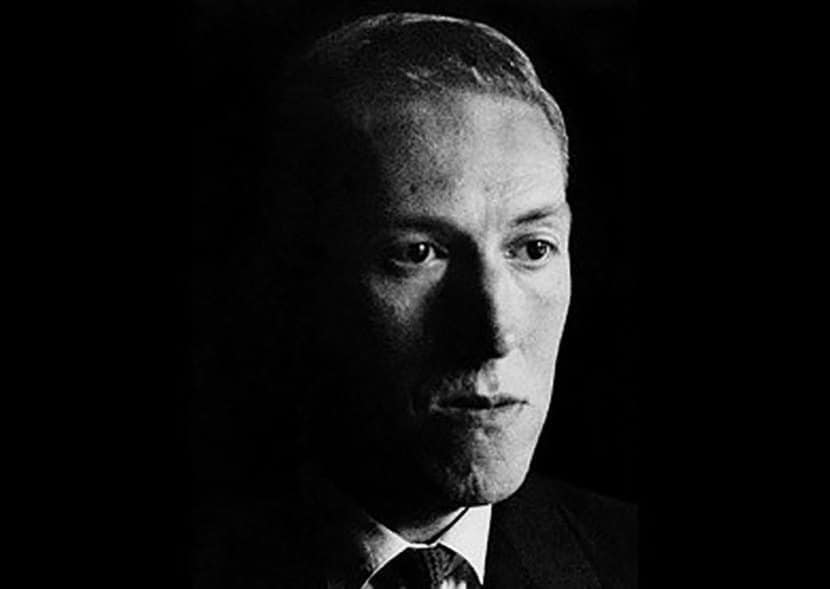The market is inundated with movies, books, and television shows meant to scare even the most stoic among us, but to whom do we owe credit to the wave of horror media over the last century? Certainly classical literature such as Bram Stoker’s “Dracula” or Mary Shelley’s Gothic novel “Frankenstein” will always be renowned for their ability to captivate and horrify audiences. Novels are not the only artistic forms to feel the chilling touch of horror; directors, actors, actresses, special effects teams, and video game creators have all been bitten by the monstrous genre. Yet, despite big names and innovators, one singular person became a pivotal, defining figure whose significance will continue to inspire chill inducing tales from generations to come.
Most artists see some notoriety and fame for their work, but that unfortunately was not the case for Howard Phillips Lovecraft, whose work only gained popularity posthumously. It is a lesson in true horror; penniless and left only with submissions to pulp fiction magazines, Lovecraft died before ever feeling the unwavering affections of fanatical readers. His lingering legacy is a testimony to life after death, even if only through carefully spun and hypnotically magical words. Yet, how does one create so many horrific and spine tingling tales? Is it a simple case of a man born with the innate ability to spin a scary web of stories innately, or did he experience event after event of true life scares that influenced his story telling?
“I know always that I am an outsider; a stranger in this century and among those who are still men” – HP Lovecraft

Born in Providence, Rhode Island on August 20, 1890, Lovecraft was raised in an unstable environment. An only child to his parents, Winfield Scott Lovecraft and Sarah Susan Phillips Lovecraft, he likely felt the intensity of his father’s mental illness. In April of 1983, at not even three years old, Lovecraft witnessed the erratic behavior that landed his father in the hospital. After a psychotic break at a hotel in Chicago, Winfield was commited to Butler Hospital in Providence. However, despite obvious indications of mental illness, Winfield’s official cause of death in 1898 stated he passed due to “general peresis”, or what would be referred to today as late stage syphilis. Regardless of the origins of his father’s mental breakdown, one could assume Lovecraft’s early interaction with unexplained occurrences lent itself to his creative works of thrilling fiction.

Lovecraft continued to live at home after his father’s death, and later in life recalled this period as one where his mother was filled with incredible grief, a condition he says lasted permanently. Meanwhile, with no father, Lovecraft was in need of a father figure. His grandfather filled that position, and Lovecraft credited his grandfather’s influence as one that impacted his art, writing, and curiosity. While he never became very close with his grandmother, her death in 1896 was potentially of impact when it came to Lovecraft’s macabre imagery. Lovecraft remembers this time as “a gloom from which it never fully recovered”, and the elaborate black mourning dresses his aunts and mother wore frightened him. At only five and a half, it was this period that would spark his chronic nightmares, fueled by family death and chaos.

